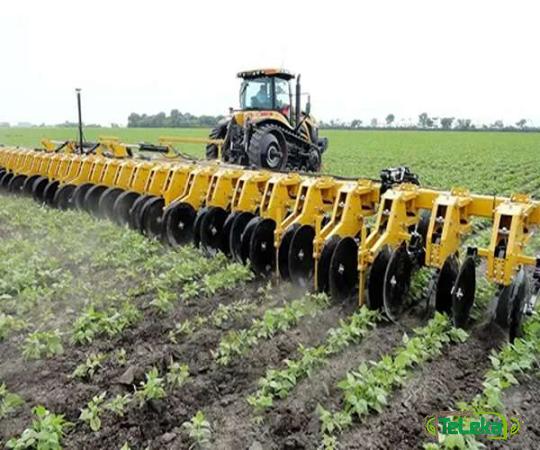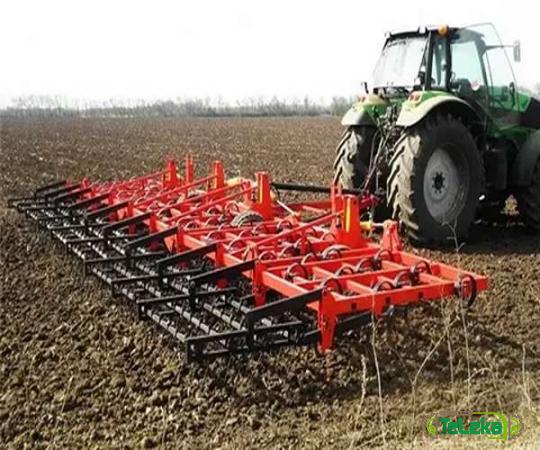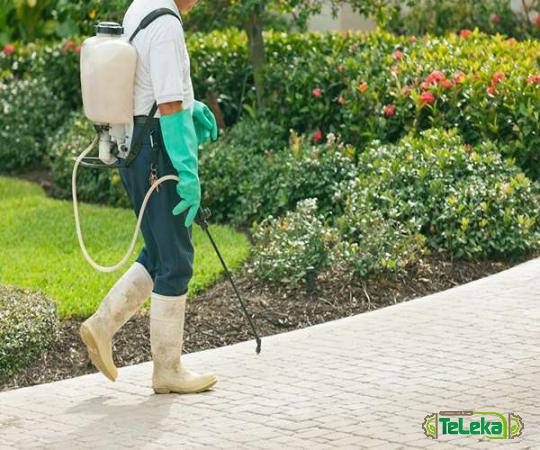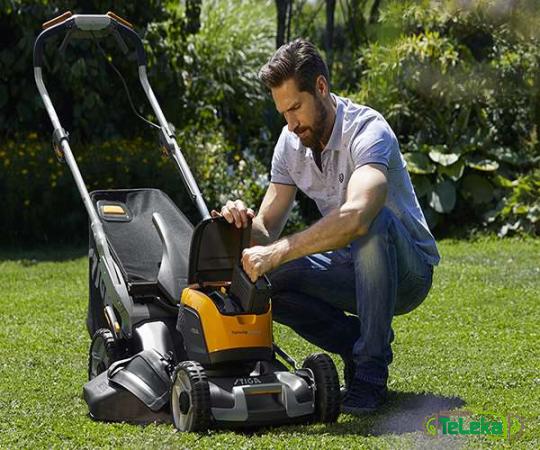Buy Animal drawn manure spreader at an eanchorceptional price
As agriculture is facing soil degradation and loss of fertility in India, the use of animal-drawn manure to evaluate the spreader performance of organic materials is the way out
This evaluation is generally efficient and also accessible to smallholder farmers
Animal energy is a renewable energy source best suited for home-level farming and local transportation
What is Animal drawn manure spreader
Indian soils are low in nitrogen
About 1/3 of Indian soil is acidic
The food shortages of the 1960s required a green revolution, starting with the use of fertilizers and toxic plant protection chemicals that damaged soil health
But long-term use of these fertilizers can lead to soil degradation, compaction, and reduced soil fertility
Organic compost adds nutrients when added to the soil
The application of FYM improves soil fertility
Therefore, it is widely used
FYM contains almost all the essential nutrients that soil needs
Farmyard manure is traditionally added to the field
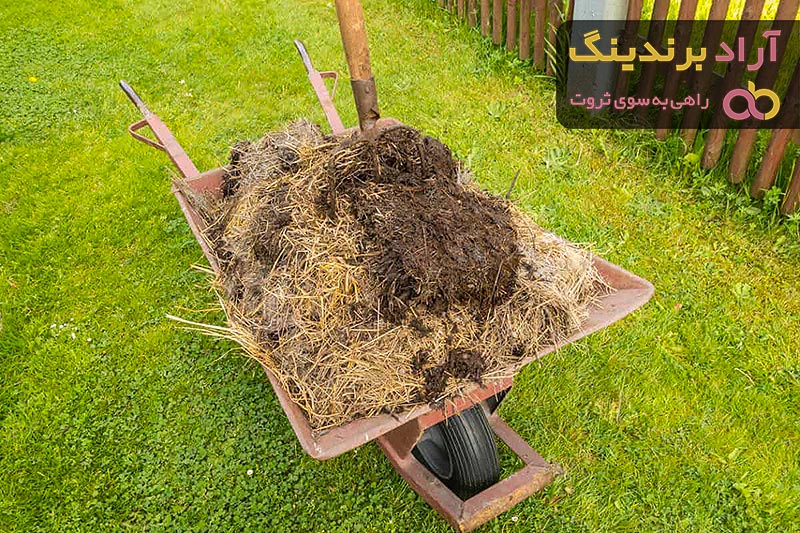
Features of Animal drawn manure spreader
The improved fertilizer spreader consists of a steel two-wheel chassis, axle assemblies, bearings, plate mixers, spike-tooth mixers, trapezoidal manure box mounts, a beating system, and a toolbox
Compost application rates varied from 2
46 to 10
06 t/ha, depending on the covered opening area from 0
04 to 0
16 square meters
The coefficient of variation for fertilizer distribution uniformity varied between 18-20%
The designed fertilizer spreader operates at 2
63km/h in an open covered area of 0
16m2 and requires a draft of 637 N
Provides the required fertilizer application rate (9-10t/ha) for 637 N and 0
46 kW, respectively within the draft power limit of the long pair
The machine has a field capacity and field efficiency of 0
21 ha/h and 84%, and a working speed of 2
51 km/h
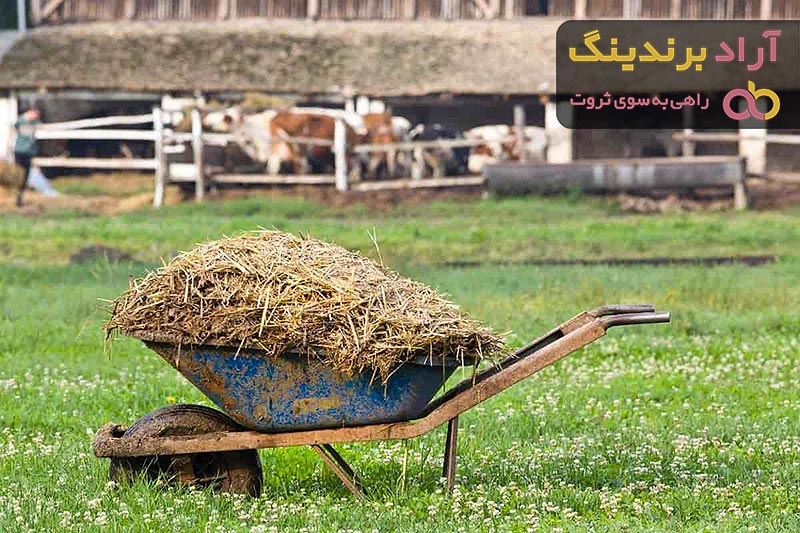
Buy Animal drawn manure spreader
The draughts observed on the Kaccha Highway under unladen and 500 kg load conditions were 40 kg and 48 kg, respectively, for red Kanhari bulls
The observed speeds of the RK bull on the tar road were 4
29 and 3
88 km/h under no-load and 500-kg load conditions, respectively
The speeds on Kaccha Road are 4
04 and 3
48 km/h respectively
The observed strengths of the RK bull on the asphalt pavement under no-load and 500-kg load conditions are 0
40 and 0
43, respectively
read more:
Broadcast Spreader


